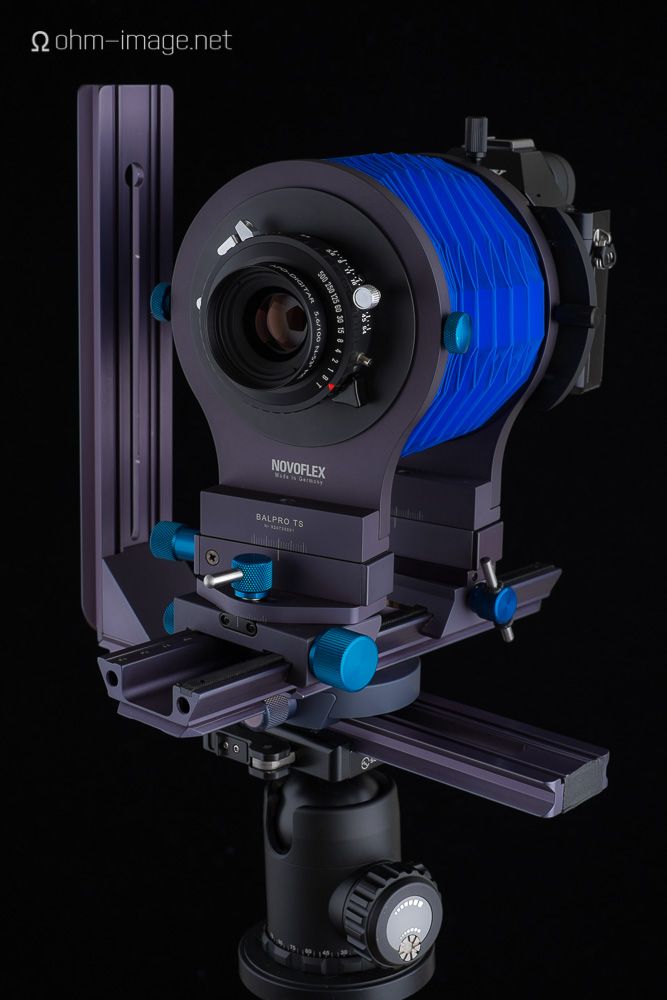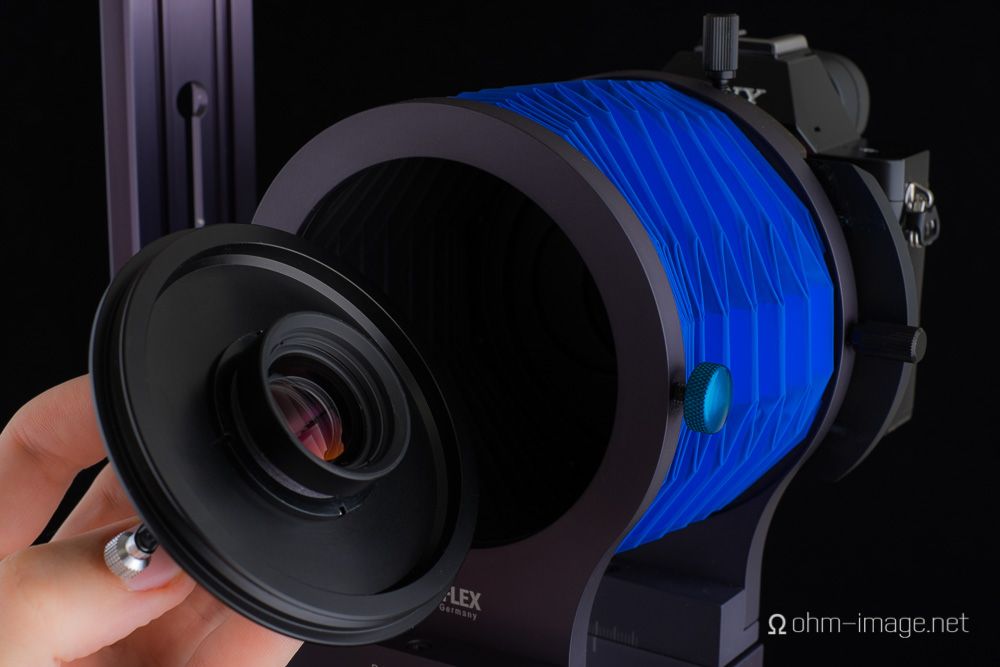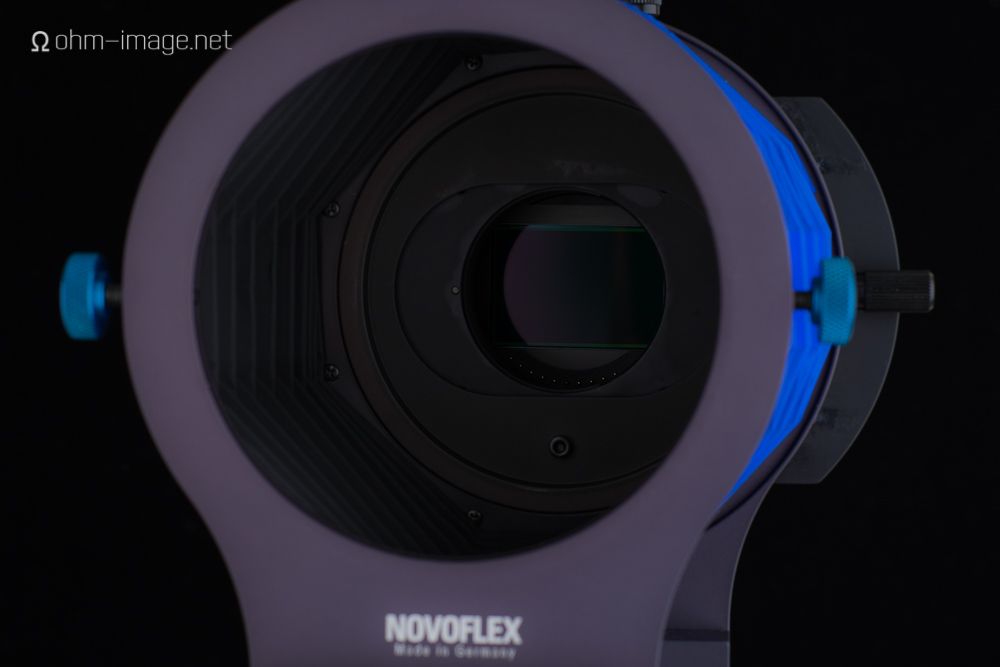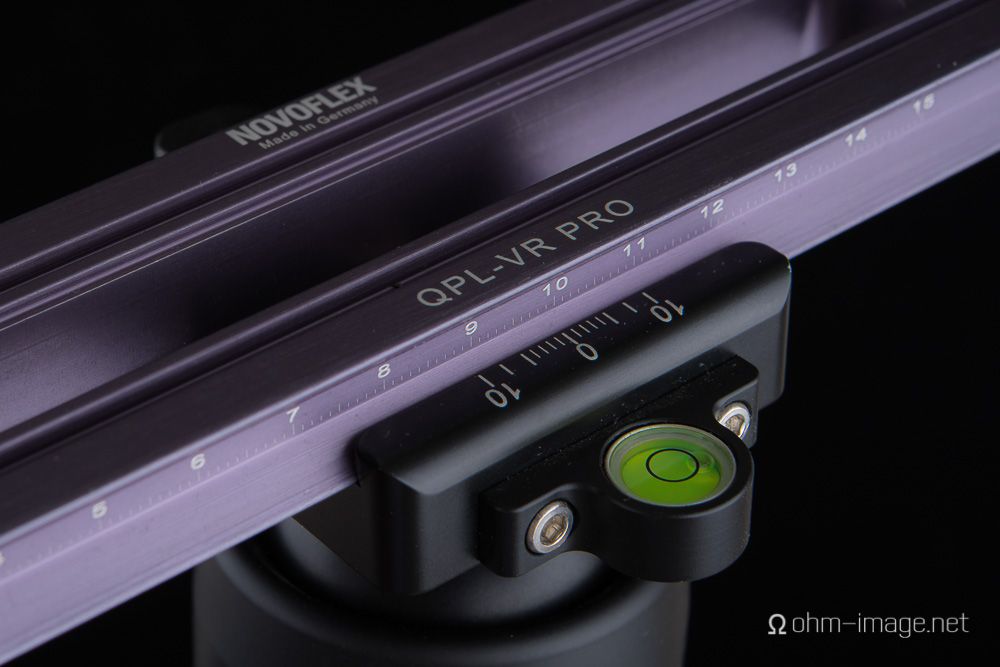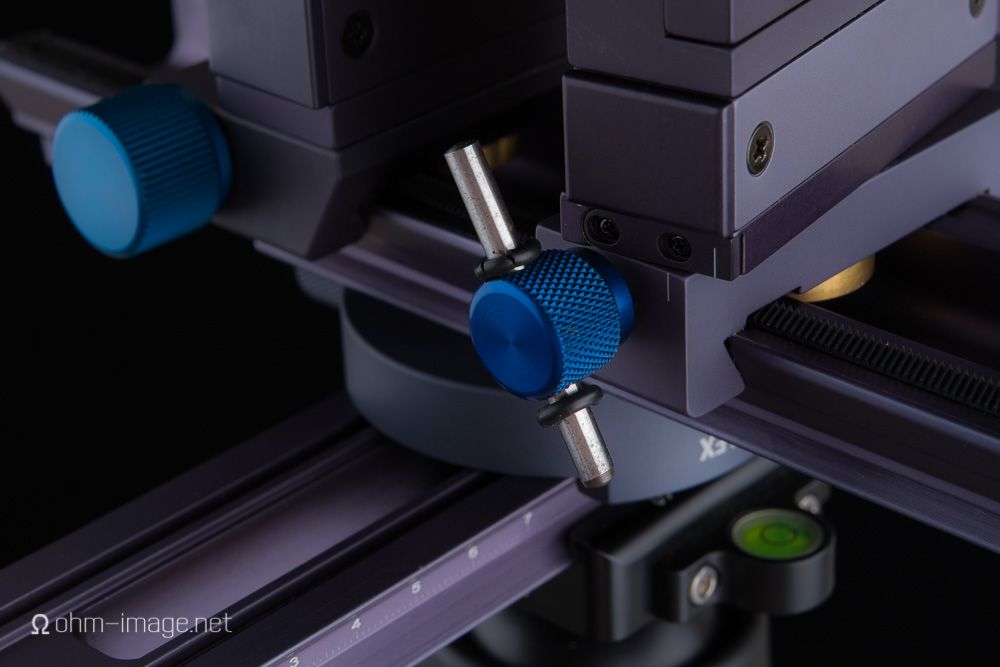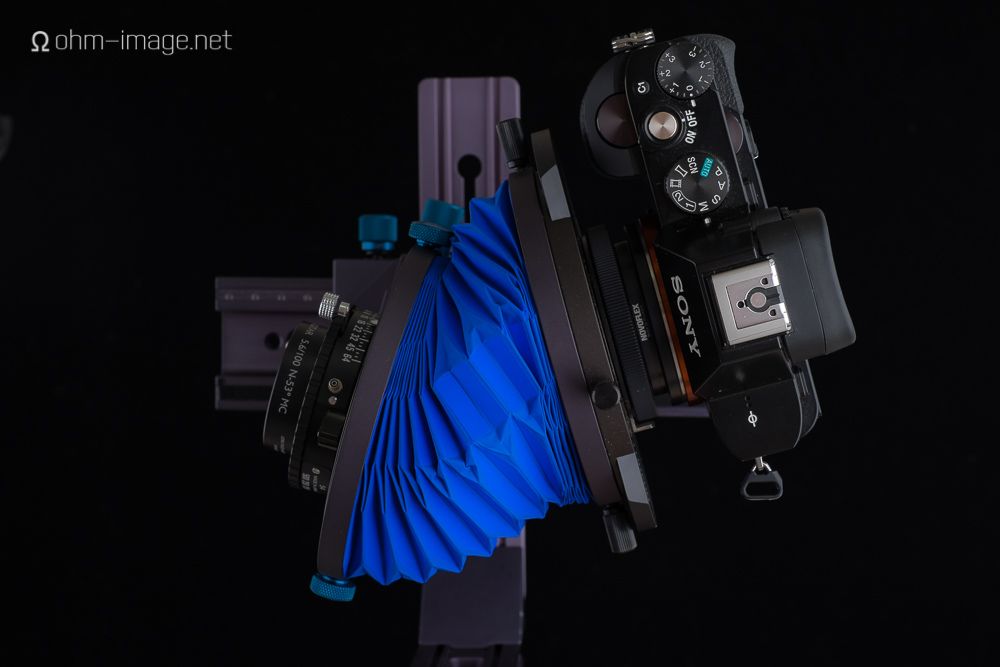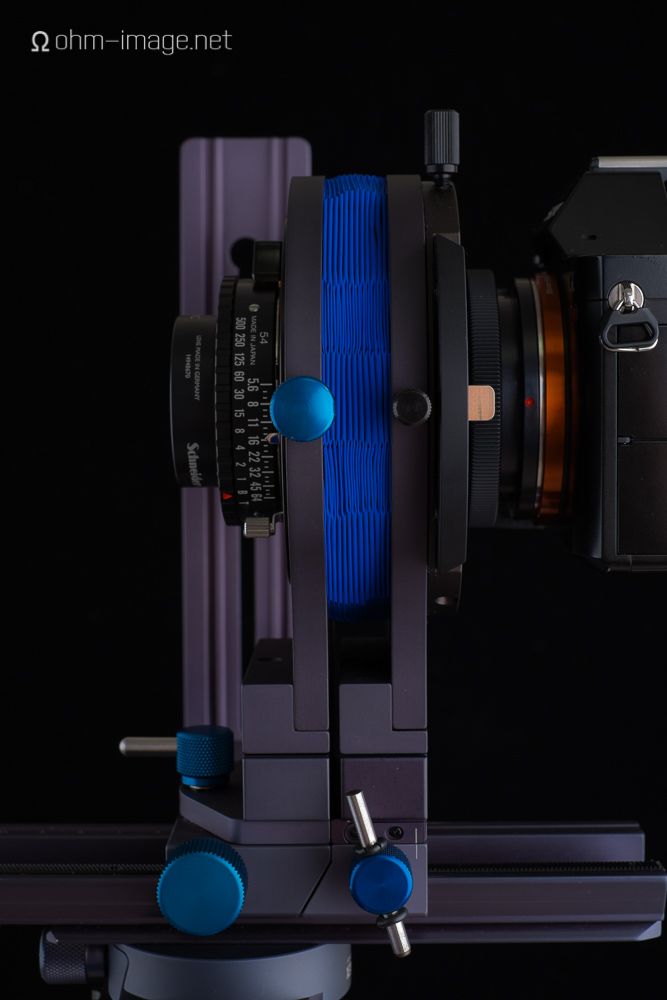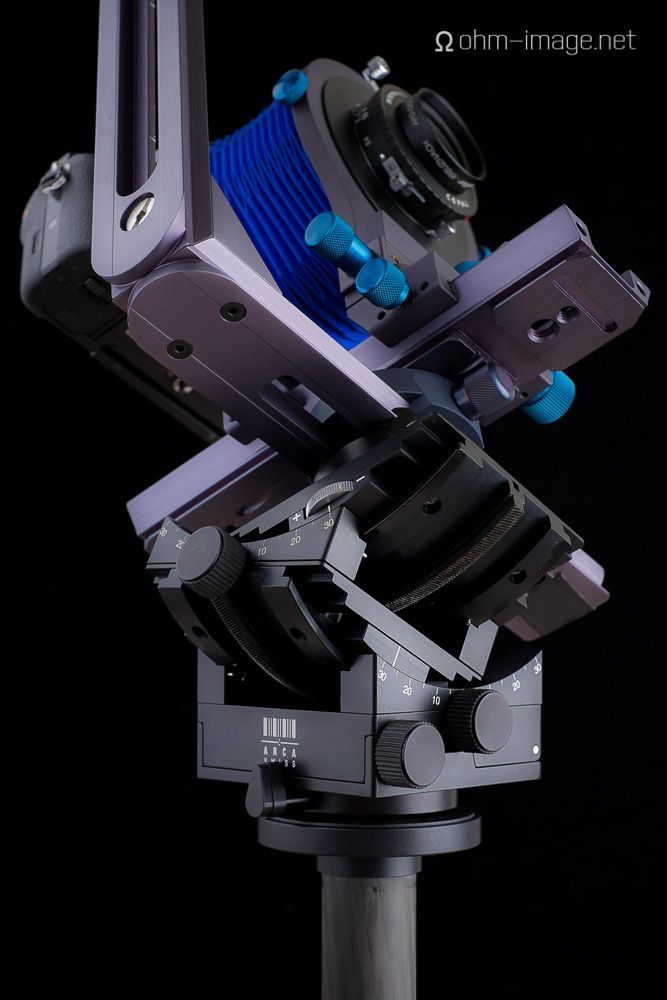Novoflex BALPRO T/S adapter review: Part 1 – Design, Operation, Controls, Adapters
Novoflex BALPRO T/S adapter review: Part 1 – Design, Operation, Controls, Adapters
guest post by Nathan Wright (ohm-image.net)
Introduction
Two years ago I did the switcheroo from Nikon’s F mount to Fujifilm’s X mount for all client work which took me outside of the studio. That would be model stuff, event stuff, and the like. Like many photographers, I am now work 100% mirrorless. I’ve also managed to shy away from posting the ridiculous “I ditched my (insert dSLR name) for (insert mirrorless camera name) and here are pictures of my dog to prove it” blog post.
I don’t have a dog. I don’t do weddings. Live with it.
I’m a still life photographer. My clients manufacture, and sell, geeky things: earphones and headphones, microphones and speakers, lenses, fountain pens, straight razors, and the like, for and to the geek that scoffs at the mass market. (Irony: I don’t mind using mass-market cameras for most of what I do.)
Regarding my geek, I’m as bashless as they come. Here’s my CV: My favourite universal earphones: Grado GR10. My favourite modified digital audio player: the Mezzo Hifi-modded MSAK100. My favourite closed headphones: Mr. Speakers Alpha Dogs. My favourite portable headphone amplifier: Vorzüge PURE II. My favourite mid-end DAC: Linnenberg Vivace. My favourite artisan straight razor: Jenes Sándor Custom Straight Razors.
I guess you could say that I shoot what I love. (BTW, none of those products are made by my clients; I just dig them.)
Back to photography. Which lens do I best love? is a question with many answers. For personal stuff, my favourite is the Leica pre-ASPH 50mm Summilux. It’s a lens that is capable of being more than just sharp, or contrasty: it is dreamy, and ghosty when called for. But it’s not a lens I could use for work. Nor would I want to. For work, I need good macro lenses, or a great bellows system.
Until a year ago, I put Nikon’s excellent PC Micro tilt shift lenses into constant use. The 85mm PC Micro was my favourite. Both it and its 45mm sibling provided tip-top resolution, resistance to flare, and contrasty colour to my subjects. But when the D800’s poor live view and lack of WiFi preview moved me onto shallower flange mirrorless cameras, I looked further afield.
Today, my favourite lens is the Schneider APO-Digitar 5,6/100 Macro. It is sharp, contrasty, resistant to flare, and all that. Better yet, it is small, light, and comes with Copal shutters/apertures, which makes perfectly adaptable to pretty much any shuttered and non-shuttered system.
I use it on a number of cameras, the most recent of which is the Novoflex BALPRO T/S. The BALPRO T/S is a 6×7 bellows macro camera onto which you can fit almost any lens or imaging device imaginable. It is more stable than the Horseman VCC Pro while offering more generous camera movements. The best part is that it weighs a mere 975 grams, and hides easily in hiking backpacks.
No, it can’t fully replace a full-size 6×9 Arca Swiss F Line technical camera, but at less than half the weight and cost, it shouldn’t have to.
Design – lens and camera plates
The BALPRO T/S fastens Rollei X-ACT flanged lens plates into place by a circular calliper. Thumb screws ensure that lens and imaging device adapters are securely fastened. The circular mount allows the lens to rotate 360º around its central axis, baring aperture/shutter/sync settings to the photographer, irrespective of the side of the camera on which she stands.
Because both film and digital backs are held into place via the same circular calliper, the sensing mechanism, too, is freely rotatable.
The sliding back extends the utility of lenses with narrow angles of view. It bears distance marks, in millimetres, and can be slid by up to 12mm, in either direction, effectively doubling megapixel output and widening the angle of view of narrow angle lenses. Naturally, it, too, rotates freely in its calliper. A further pressure lock and cleat system allows the camera to be rotated by up to 180º and locked at 90º intervals. If ever you are slaved to a disorganised catalogue job, this feature in particular will save you time.
Mounts exist for almost any combination of camera and lens. Below are the lenses and cameras I use with the BALPRO T/S.
Lens mounts:
1) Flush Copal 0
2) Recessed M39
Lenses:
1)Schneider APO-Digitar 5,6/100
2) Rodenstock 5,6/45 Digital
3) Fujinon EX 90/5,6
Cameras:
1) Nikon D800
2) Sony A7r
3) Fujifilm X-T1
Cameras are mounted to small-flange adapters which snap into place on special toothed bayonets. A cap screws over the bayonet to lock the camera into place.
Rise/fall/shift movements are made on a single plane at once. Neither front nor rear standards can be pitched forward or back. Thanks to the use of flush, eye-shaped mounting arms, camera rotation is never impeded. The larger 4×5 Horseman LD (pictured below) employs L-shaped mounting arms which prevent cameras with wireless triggers from freely rotating. Interestingly, the BALPRO T/S abides as little wiggle as the LD.
Depending on the lens, internal reflection can be a problem. At certain angles, light ping-pongs from front to back, and into the sensor. This occurs only when using poorly-coated lenses in sunny locations. Strobes, on the other hand, work A-okay. Because I sometimes use Fujinon EX lenses, I have installed non-reflective adhesive to the stationary parts of both the lens and camera adapters. And I always DIY blinders tailored to the location and light in which I am shooting.
Design – rails and gears
The BALPRO T/S focuses on a finely-geared rail system. An aluminium wheel on the left-hand side of the front standard does most of the focus work. Focus action is precise and measured. Because its gears abide little unwanted movement, there is little need to lock the front standard into place. The rear standard makes do with a sliding pressure lock. Rubber cushions below the focus locks prevent metal parts from seizing.
Distances are labelled in millimetres on the right-hand side of the rail. Distance is marked from 0mm to 135mm (13,5cm), but the rail extends to 200mm (20cm). Markers are not milled and paint-filled, but printed onto the metal. The metal-toothed rail sits on an Arca Swiss compatible foot which locks securely.
The main flaws of this design are:
1. illegibility of distance markers
2. imprecision of the rear standard’s movement
These may be of little consequence to the hobbyist or single-shot macro shooter. For photographers that make extensive use of composite images, these issues may grind.
Distances should be marked on both sides of the rail, in bright, well-defined fonts. And, they should be milled and paint-filled. And for the working pro, the BALPRO T/S’s lack of geared rear movements is somewhat of a bugger.
Design – camera movements
The excellent PROshift adapter extends lateral shift but an additional 12mm in either direction.
Both standards can be independently tilted by up to 7º, or used in conjunction for tilts of up to 14º. Tilts are locked into place by pressure bolts, not gears. Apart from a neutral indication on the front-face of the rear standard, only the front mount bears angle markers.
The BALPRO can be tilted on only one axis at a time. By adding the L-shaped QPL-VR PRO bracket, that axis can be changed from horizontal to vertical, but requires the entire camera to first be unmounted and then mounted again to the QPL-VR Pro. The subsequent resetting of all angles, distances, etc., requires additional time.
Many photographers would gladly sacrifice their lumbars by 400-500 grams if it meant concurrent full yaw/pitch and tilt controls without needing to mount and unmount the BALPRO T/S. I would happily throw in a disc or two to get geared tilt controls.
In general, the 200mm rail is long enough for most of my composite studio work. And extension is good enough to capture larger-than-life macro photography from 100mm and shorter lenses.
Note: cracks have developed on the rubber lug that holds the pressure lever in place. I don’t expect the lug to last through December. Fortunately, a photographer is never far from her gaffer’s tape.
Design – bellows
Part of the beauty of the BALPRO T/S is that, providing you have access to the right adapter, not to mention the right zero-flange digital camera, infinity focus can be achieved on a large variety of lenses. Additionally, as long as the rear pupil of your lens isn’t housed in too large a tube, you can still make use of a wide range of camera and lens movements before your lens carves up the walls of the bellows themselves.
If you are using flanged mirrorless cameras like the Sony A7r or Fujifilm X-T1, the number of wide-angle large format lenses that can be used at infinity is limited to their back focus distance.
The only super wide-angle large format lens I own is the Rodenstock 45mm Digital, mentioned above. I use it on the Horseman LD in front of Phase One backs, which I sometimes rent. The Phase One backs work without hitch. But adding 17mm of flange, plus an adapter and possible grip and/or prism bump, removes the camera too far from the lens. Consequently, infinity focus is lost.
In order to achieve infinity focus with flanged mirrorless cameras such as the X-T1 and wide-angle large format lenses, you may have to do one or all of the following:
1. mount the lens in an electronic shutter and recessed lens board
2. DIY a direct-to-mount adapter that eliminates as much of the flange distance of your camera
Providing that you use a recessed lens board, lenses with focal lengths of 60mm and greater focus to infinity sans problem.
The bellows themselves are robust. They do not attract dust. They fold up to almost nonexistent distances. I don’t believe that wide-angle bags exist for the BALPRO T/S. Thanks to the sliding back, they may not even be necessary.
Design – in practice
I have used the BALPRO T/S both in studio, and on trails. I lugged it up a couple of 1,7k mountains here in Japan. And… stupidly I left the adapter for my X at home. Can you imagine that? But I stuck it out, lugging the bellows, lenses, and Fujifilm camera just to see how it worked.
The trail was 18km long, and climbed 1,4 clicks. I wore a tee shirt at the top. It was 5 degrees there and the wind tried to throw me and about 300 photos to the bottom. I showed it who was boss. And, thanks to the relatively low weight, and compact size of the BALPRO T/S, I did the same to a bellows camera. It’s the first time I’ve willingly subjected my discs to a full hike whilst carrying a technical camera.
The BALPRO T/S gets on pretty well with cameras with focal plane shutters. Because it is solid, even the Sony A7r’s shutter slap barely phases it and a good tripod. The X-T1 handles well. I have found no way to trigger the cameras via lens shutters — and neither boasts shutter triggers that allow the smart use of lens shutters. For that you need a Phase One back and a nifty Kapture Group OneShot Cable.
Barring user error, the BALPRO T/S is the stablest compact, modular bellows I have laid hands on. If you are waffling between it and the Horseman VCC Pro, don’t. Apart from price, they don’t even compare. In particular, the BALPRO T/S is much less susceptible to violent shutter shock, and is fully reliable for macro stacking. The Horseman, on the other hand, wobbles with every nudge of the focus wheel, and with every actuation. And like the LD, much of it is made of plastic. Interestingly, price doesn’t favour the Horseman.
Of course, the BALPRO T/S cannot provide the movements seen on heavier, and more expensive 6×7 technical cameras. But it is lighter, nearly as robust, and nearly as stable (more to come in part 2). It is a breeze to focus, a breeze to set up, accepts nearly every lens under the sun; and stock, it allows freedom of lens and camera rotation that doesn’t exist elsewhere.
VS. Tilt Shift Lenses
A good tilt-shift lens costs more than the BALPRO T/S and all necessary adapters. Add another, and that number doubles. What doesn’t increment at the same rate is utility. Tilt-shift lens movement is meagre by comparison. Apart from meagre rotations, movements are limited to the lens. They are quicker to set up and to shoot, but they are suited less well to macro, to stacking, to single-shot product adverts, and more. That said, tilt shift lenses are solid things of metal and composite, and are better able to weather the inclement.
But I’ll not go back.
Good enlargement lenses can be had at a range of prices. The Fujinon EX 90, which is every big as sharp as the Nikon 85/2,8 Micro PC lens, goes for 70$ USD, used. My personal favourite Rodenstock Rodagons go for double or treble that amount, but are built better and are easier to use.
Assuming you understand the limits of using your X-T1 or A7r with bellows adapters, there are no real downsides for the price and the weight. The BALPRO T/S in conjunction with the PROshift adapter and a single 90mm lens should be able to service the bulk of what’s necessary for tight landscape and product work.
End of part 1: Design, Operation, Controls, Adapters
In part 2 I will discuss stability and accuracy in the studio as well as whilst out and about.


